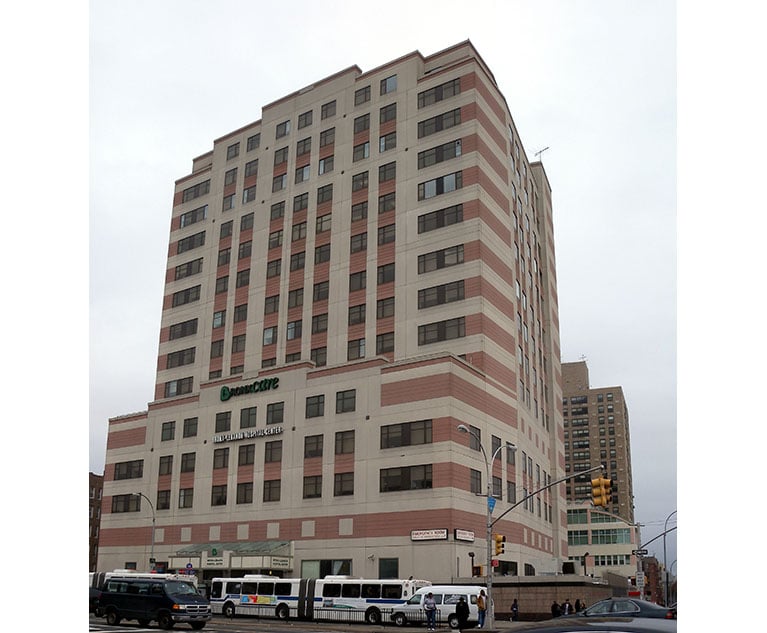By Brian Heun, producer, KMRD PartnersInc.
|As members of the risk management and insurance community,agents and underwriters can never lose sight of a basic truth:While we can help insureds to anticipate, mitigate and transferrisk, we can never eliminate it.
|To fully understand the level to which risk is unavoidable, allwe need to consider is the simple act of walking up or down thestairs. Stairs are a hazard, while the possibility of missing astep is a risk. To completely eliminate the risk of falling, aperson would need to remain on one level for the rest of his or herlife. Of course, escalators and elevators are options. However,they carry their own hazards.
|Following are some additional everyday hazards:
- Crossing the street
- Driving a car
- Drinking hot coffee
- Swallowing food
- Purchasing a home
- Having children
- Starting a business
- Shaking hands
- Standing up
- Sitting down.
It turns out risk is not only unavoidable, but should beactively embraced. By completely eliminating risk, a person will bereduced to a state of physical and emotional paralysis. Thebusiness of life would come to a standstill, resulting in acomplete loss of productivity.
|In becoming advocates of risk, will this mean underwriters andagents recklessly abandon their traditional role as risk managers?No. It simply means they will account for the full spectrum ofrisk, rather than an artificially narrow band.
|Increasingly, members of the risk management and insurancecommunity are asked to serve as consultants to insureds.Underwriters today do much more than create products through whichrisk can be transferred. Strong underwriters are also good businesspeople. They see through the numbers and into thepossibilities.
|Agents and brokers do much more than serve as product conduits.They become strategic advisors and an extension of the insured'smanagement team. Smart executive decision makers will insiston it. More than a trend, it is becoming the norm.Underwriters and agents unwilling or unable to serve as consultantsand business people will become relics left with nothing more thanstories of the good old days.
|By embracing the total concept of risk, underwriters and agentsbecome far more effective in fulfilling an advisory role. Ratherthan treating risk as a one-dimensional bogeyman, they can helpinsureds make calculated decisions regarding risk.
|Here's a hypothetical case study: The owner of a restaurantrealizes his tabletop business has been steadily declining. At thesame time, orders for deliveries have been increasing. He surmisesthis request for deliveries is attributable to the fact he hasadded online ordering to his customer services. In doing so, he hadanticipated customers would pick up their food orders. He had notanticipated an uptick in delivery requests.
|The restaurateur now has the choice of incurring additional riskby hiring drivers to deliver food to his customers. Or, he canelect to pass on this business opportunity to completely avoidrisk, which stems from home delivery.
|Before choosing, he contacts his risk and insurance serviceprovider. Together, they consider the long-term revenue decline ifthe restaurateur chooses to not add home delivery as a customerservice option. The agent, of course, outlines risk transferoptions through insurance coverage and other means. He also helpsthe insured to frame costs of coverage against the opportunity costthat will result from not adding this service option.
|Needless to say, most scenarios and business decisions will befar more complex. Yet, the concept will be the same.
|Embracing Risk While Transferring It Through ProperlySelected Insurance Coverage = Potential Return
|It becomes our job as agents and underwriters to explain thisconcept to insureds, while helping them to understand a powerfultruth:
|Rather than mere overhead, insurance coverage and risk transfertechniques are a vital engine of productivity. Without insurancecoverage, there is hardly any risk that can be safelyassumed. New businesses will not be started. Standingbusinesses will not be expanded. Products that add to humanenjoyment and wellbeing will not be launched. Every action that canpotentially lead to a profitable return would be abandoned aspotentially ruinous. Without insurance coverage the business of manwould, by necessity, come to a complete halt. This, of course,would be the greatest cost of all.
|Want to continue reading?
Become a Free PropertyCasualty360 Digital Reader
Your access to unlimited PropertyCasualty360 content isn’t changing.
Once you are an ALM digital member, you’ll receive:
- All PropertyCasualty360.com news coverage, best practices, and in-depth analysis.
- Educational webcasts, resources from industry leaders, and informative newsletters.
- Other award-winning websites including BenefitsPRO.com and ThinkAdvisor.com.
Already have an account? Sign In
© 2024 ALM Global, LLC, All Rights Reserved. Request academic re-use from www.copyright.com. All other uses, submit a request to [email protected]. For more information visit Asset & Logo Licensing.








